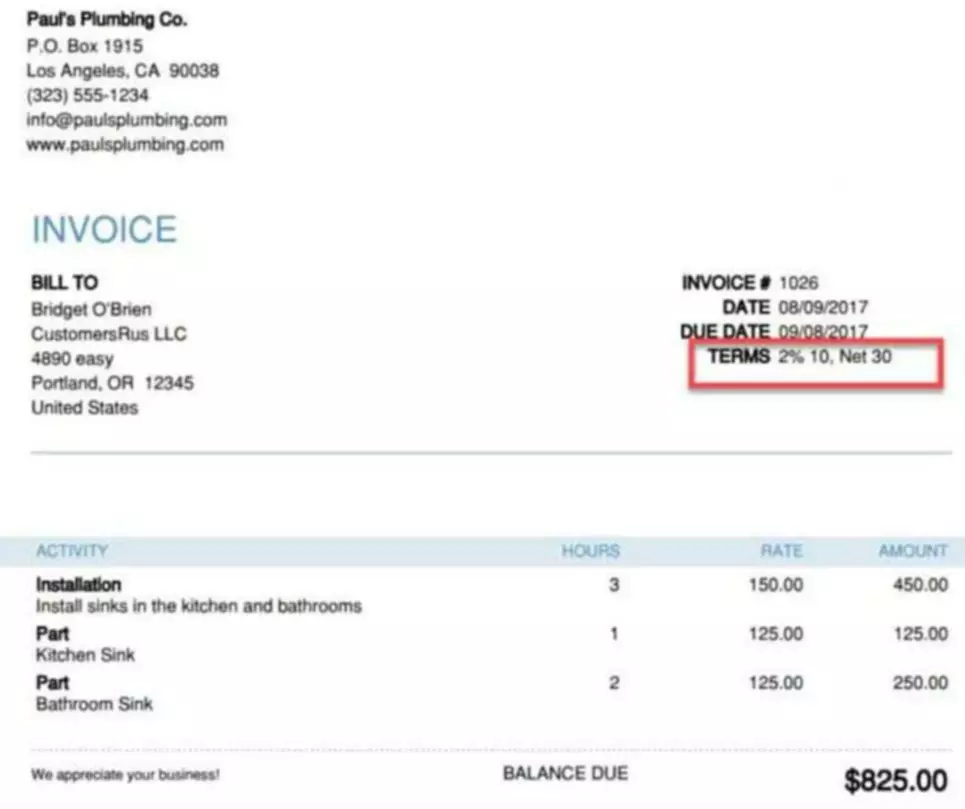How to create a balance sheet: A step-by-step guide
Content

In the next column, add up your liabilities, including the total amount of debt (not your debt payment). If you have equity in things like stock, that would go in a third column, but most small businesses operate simply with assets and liability. Short-term assets are your current assets, such as accounts receivable, cash and cash equivalents, and inventory your company will use within a year. Long-term assets combine your fixed assets, intangible assets, and long-term securities. A balance sheet is a snapshot report that details how much worth or value a business has in assets, liabilities, and shareholder equity.
Fix a start date, and decide on how often you’ll be making your balance sheet. A general practice is quarterly reports, March 31, June 30, September 30, and December 31. If you’re a growing enterprise, or if you need to keep a closer eye on your bottom line, then the last day of every month might be best. Along with sound and regular statements of your income and your cash flow, your balance sheet points the way forward. Once you’ve completed your analysis, you can begin to make changes in your business to affect your financial position. These changes can include investing profits back into the company, reallocating assets, and changing inventory levels.
Why should you create a balance sheet?
If your results show that, say, there’s a significant percent decrease in your company’s cash, you might be experiencing financial problems. Balance sheets allow the user to get an at-a-glance view of the assets and liabilities of the company. In this example, Apple’s total assets of $323.8 billion is segregated towards the top of the report.

The current liability is $1,500, and the long-term liability is $1,000, making the total liability $2,500. Coming now to the shareholder’s equity, the invested capital by the shareholder is $6,000, with retained earnings and other earnings amounting to $1,000. So now we see both equal assets and liabilities plus shareholder’s equity which amounts to $9,500.
Total Up Your Liabilities & Owners’ Equity
Laid out in these five steps is how to prepare a balance sheet that will provide an accurate picture of your business’s financial situation. The most important thing with many of these financial assessments is to take them step by step, rather https://www.bookstime.com/articles/how-to-make-a-balance-sheet than panicking at the overwhelming amount of work ahead of you. On the balance sheet, assets equal liabilities plus shareholders’ equity. You’ll want your balance sheet to include this calculation to provide insights into your financials.
- We’ve also included examples from other companies, and a simple template you can use to make your own.
- It’s important to note that this balance sheet example is formatted according to International Financial Reporting Standards (IFRS), which companies outside the United States follow.
- Using the working capital metric, we determine various liquidity ratios.
- It’s called a balance sheet because the account totals need to balance.
- We help your organization save time, increase productivity and accelerate growth.
Noncurrent assets include assets that cannot be converted into cash within the next 12 months. Examples are plant/factory, machinery, furniture, and patents and copyrights (intangible assets). Current assets include assets that can be converted into cash as early as possible (typically within the next 12 months). Current asset accounts include cash, accounts receivable, and inventory.
How to Make a Balance Sheet in 5 Easy Steps
This balance sheet includes notes for preparation to guide you through the set up and calculation process. It also includes an additional category named “Other Assets,” where you can take into account your business’s intangible assets and deposits. Arranging assets in the order of liquidity means putting assets that can be readily converted into cash at the top of the list and more permanent assets at the bottom.
Check out Ramp’s capabilities today, and enhance your company’s finances. Add up the current liabilities subtotal with the long-term liabilities subtotal to find your total liabilities. If retained earnings are restricted or appropriated, this also should be shown. To streamline your accounting processes, choose an accounting software that accurately captures the health of your organization. For starters, see our experts’ top picks for the best accounting software and follow our buyers guide.
Eliminate your errors, omissions, and duplications at the foundation, and you can build a sound balance sheet on it. Current liabilities are those such as accounts payable and other accumulated expenses that usually need to be paid within a year. In the construction industry, this includes sending preliminary notices and filing mechanics liens when necessary.
Do you need an income statement to make a balance sheet?
Net income is the final calculation included on the income statement, showing how much profit or loss the business generated during the reporting period. Once you've prepared your income statement, you can use the net income figure to start creating your balance sheet.
If you don’t already have a basic understanding of accounting, you may want to invest in an advanced software program that does most of the work for you. The summarized data displayed on one single sheet can provide detailed information on the condition of the company. Creating a year-end balance sheet will keep you on top of how your company is performing and if it’s on track to meet your goals.
But higher liabilities do not necessarily mean the business is in trouble — the company may be strategically leveraged. The liability section of the balance sheet demonstrates what money you currently owe to others, this includes recurring expenses and various forms of debt. They are either long-term liabilities (also called non-current liabilities) or current liabilities. Larger businesses will often create monthly balance sheets, while small businesses or startups typically create them quarterly. Basic balance sheets show only the total numbers for assets, liabilities, and equity without going further into other included numbers to get the final sum.
